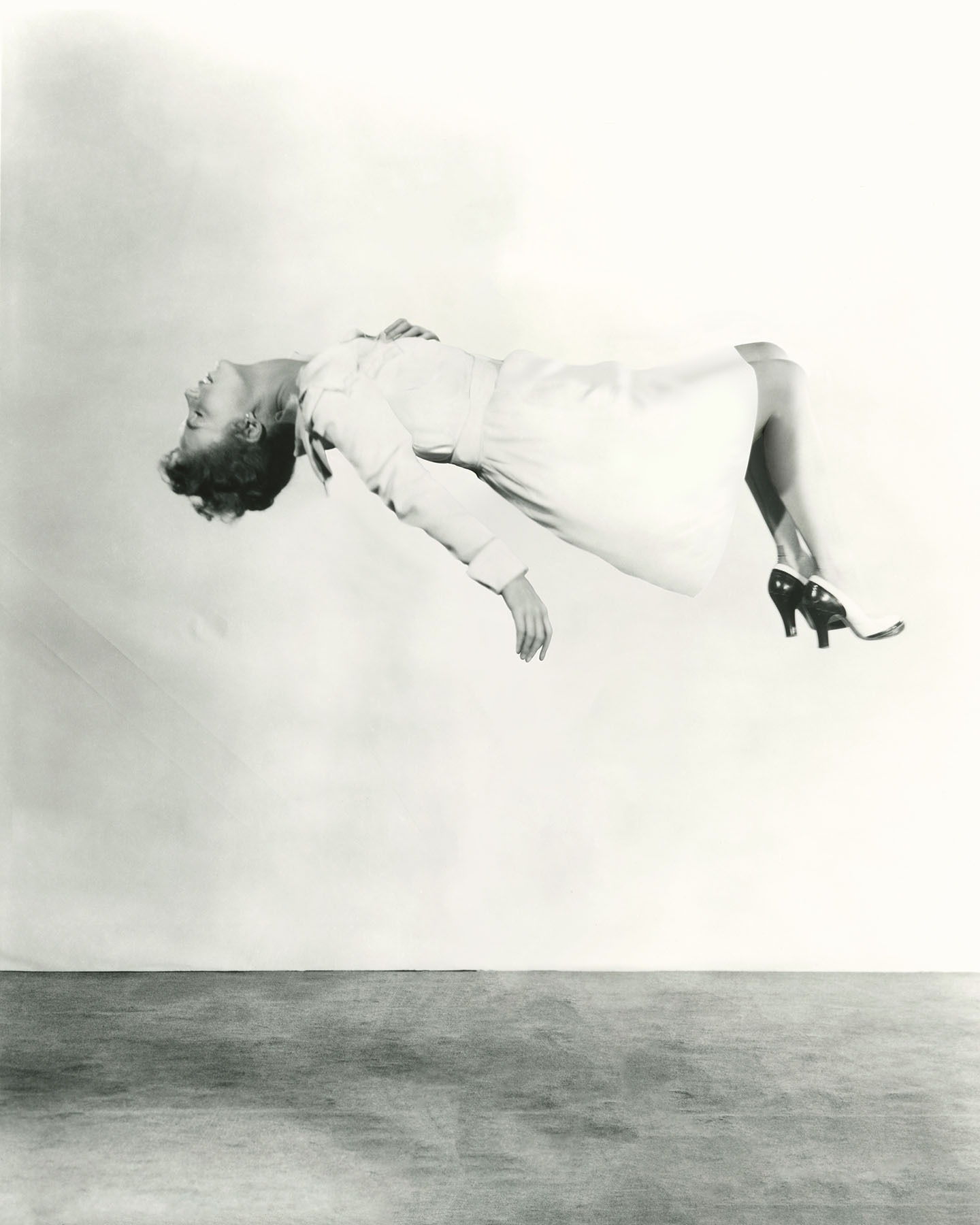Kevin Yates: No Room for Monsters
19 Oct - 25 Nov 2023
No Room for Monsters, at first abruptly refutes the question: what monsters reflect our current society?
In his collection of academic essays on monstrosity, Jeffery Jerome Cohen identifies monsters as the “embodiment of culturally specific fears, desires, anxieties, and fantasies.” Because of this, the appearance of monsters is always morphing. but what doesn’t change is how we identify them. They are defined in relation to what is human. To redefine monstrosity is to simultaneously rethink humanity.
Rather than answering the question above, Yates’ responds with a question of his own: what if there are no monsters? No monsters implies no societal fears or anxieties, but there are other implications as well. Perhaps, to not see monsters poses an even bigger threat; monsters that are invisible, microscopic, and surfacing from intangible spaces. Without the ability to see them and or find a familiarity to their forms, our current monsters could be everywhere and everyone all at once.
No Room for Monsters is a slow swelling response to the initial question above. Through photographs and crude sculptural objects, monsters emerge through materials and form. It is up to us to identify our reactions to them and interpret what is being revealed.
In his collection of academic essays on monstrosity, Jeffery Jerome Cohen identifies monsters as the “embodiment of culturally specific fears, desires, anxieties, and fantasies.” Because of this, the appearance of monsters is always morphing. but what doesn’t change is how we identify them. They are defined in relation to what is human. To redefine monstrosity is to simultaneously rethink humanity.
Rather than answering the question above, Yates’ responds with a question of his own: what if there are no monsters? No monsters implies no societal fears or anxieties, but there are other implications as well. Perhaps, to not see monsters poses an even bigger threat; monsters that are invisible, microscopic, and surfacing from intangible spaces. Without the ability to see them and or find a familiarity to their forms, our current monsters could be everywhere and everyone all at once.
No Room for Monsters is a slow swelling response to the initial question above. Through photographs and crude sculptural objects, monsters emerge through materials and form. It is up to us to identify our reactions to them and interpret what is being revealed.

